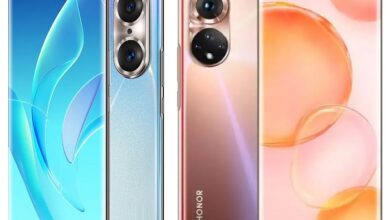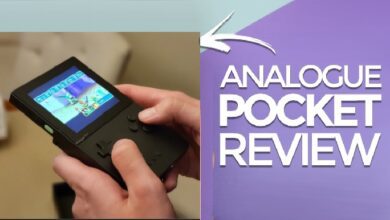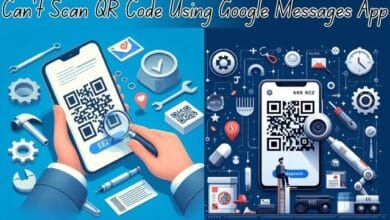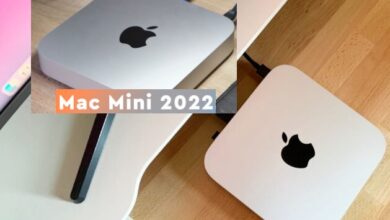So, You’re Locked Out of Multi-Factor Authentication. Now What?
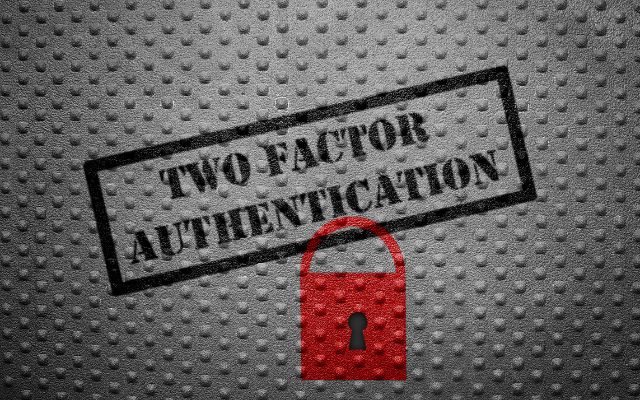
Multi-factor authentication (MFA) is an important security measure designed to protect your online accounts from unauthorized access. However, even with MFA enabled, there may be times when you find yourself locked out of your account due to a lost or broken device, a change in phone number, or other reasons. If you’re locked out of multi-factor authentication, don’t panic.
In this article, we’ll explore the steps you can take to regain access to your account and get back to using it securely. From contacting the support team to using backup authentication methods, we’ll provide you with the information you need to get back in control.
What Are the Three Types of Multi-Factor Authentication?
Multi-factor authentication (MFA) is a security process that involves confirming your identity using multiple forms of authentication. The three most common types of multi-factor authentication are:
- Something you know: This could be a password, a PIN, a security question, or any other piece of information that only you would know.
- Something you have: This could be a physical device, such as a smartphone, a key fob, or a security token. When you try to access an MFA-protected account, you’ll receive a code on your device that you’ll need to enter to confirm your identity.
- Something you are: This could be biometric authentication, such as a fingerprint, a face scan, or a voiceprint. Biometric authentication uses your unique physical characteristics to confirm your identity.
These three types of multi-factor authentication are typically used in combination to provide a higher level of security. For example, you might use a password and a security code sent to your smartphone to access your online banking account. The idea behind MFA is that it’s much harder for an attacker to gain access to your account if they need multiple forms of authentication, rather than just one.
So, You’re Locked Out of Multi-Factor Authentication. Now What?
Multi-factor authentication (MFA) is an important security measure that adds an extra layer of protection to your online accounts. It typically involves confirming your identity using a combination of something you know (such as a password), something you have (such as a smartphone), and something you are (such as a fingerprint). However, what do you do if you’re locked out of MFA due to a lost or stolen device, an expired security code, or any other reason? Here’s what you need to know.
- Contact the service provider: If you’re locked out of your MFA-protected account, the first step is to contact the service provider. They may be able to reset your account, provide a new security code, or offer other solutions. Be prepared to provide identification and answer security questions to confirm your identity.
- Use a backup code: Many MFA systems allow you to generate backup codes that can be used if you’re unable to access your primary device. If you have a backup code, you can use it to sign in and reset your MFA settings.
- Use an alternate device: If you have a secondary device, such as a tablet or a computer, you can use it to access your MFA-protected account and reset your settings. If you have a smartphone, you can download the MFA app on another device and use it to receive security codes.
- Enable recovery options: To prevent being locked out of MFA in the future, consider enabling recovery options, such as backup phone numbers and email addresses. This way, you’ll have a way to access your account even if you lose your primary device or security code.
Losing access to your MFA-protected account can be frustrating, but it’s not the end of the world. With these tips, you should be able to regain access and reset your MFA settings. Remember to take proactive steps to protect your account, such as enabling recovery options, using strong passwords, and keeping your devices secure.
What are your other MFA options?
In addition to the three most common types of multi-factor authentication, which are something you know, something you have, and something you are, there are several other MFA options that can be used to confirm your identity:
- SMS or voice codes: These are codes sent to your mobile phone via text message or voice call. You enter the code to confirm your identity and access your account.
- Push notifications: Some MFA systems use push notifications to confirm your identity. When you try to log in to an MFA-protected account, you’ll receive a notification on your smartphone asking you to confirm the action.
- Biometric authentication: This can include fingerprints, face scans, iris scans, or voice recognition. Biometric authentication uses your unique physical characteristics to confirm your identity.
- Smart cards: These are physical cards with a chip that can be used for MFA. You insert the card into a reader, enter a PIN, and access your account.
- One-time passwords: These are passwords that are generated for a single use and then expire. They can be generated using a smartphone app, a physical token, or a web page.
- Universal 2nd Factor (U2F): This is a type of MFA that uses a physical device, such as a key fob or a security token, to confirm your identity. When you try to access an MFA-protected account, you’ll need to insert the U2F device and press a button to confirm your identity.
- How to increase your iPhone Privacy and security
- What is Cyber Threat and Security
- Apple Security upgrades: Apple fixes recently disclosed zero-day on older iPhones, iPads
These MFA options can be used alone or in combination to provide a higher level of security for your online accounts. The best MFA solution for you will depend on your needs, preferences, and the type of accounts you need to protect.

